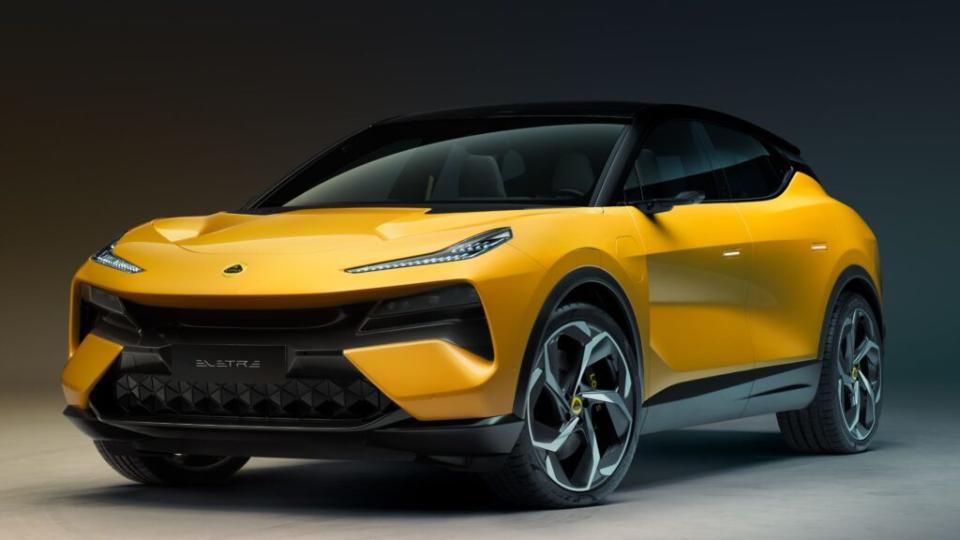
There’s little doubt the legacy of Lotus making lightweight, simple, enthusiast-focused sports cars is sunsetting. With new ownership via China’s Geely, big changes have come, among them electrification and more complexity in design. Now Lotus says it might make self-driving sports cars, a revelation some believe has Colin Chapman spinning in his grave.
Rezvani has revealed an absolute beast of a supercar.
In a press release that has sent shockwaves through collector and enthusiast circles, Lotus celebrates the Eletre “hyper” SUV successfully driving 120 miles without any driver input. There’s a lot to unpack about that if you haven’t been paying much attention to the Lotus brand lately.


First off, yes Lotus now makes an SUV, just like pretty much every other premium brand these days. Remember even Ferrari has the Purosangue. Does it violate everything the Lotus philosophy has stood for? Yes, but what does that mean moving forward?
As far as Lotus is concerned, it’s time to turn over new leaves and let the past stay in the rearview mirror. Its press release starts off stating: “Historically known as the creators of handmade automotive masterpieces, and a brand synonymous with racetracks and adrenaline, Lotus might not be considered an expert on autonomous driving. This assumption would be wrong.”
In other words, forget everything that’s made Lotus different and special. Under new leadership, the storied British automaker is going to be producing heavier, more complex, cutting-edge sports cars you don’t even have to actually drive.
But what’s the point of a sports car that drives itself? Isn’t the whole idea of such a vehicle that the driver gets to revel in the feeling of whipping the vehicle through turns and pushing the envelope? Historically, yes.


In the past, some have complained about Porsche 911s switching to water cooling, Corvettes and other models gaining traction control, Ferraris coming with touchscreens, and so on. There are quite a few examples of people declaring a technological development has permanently ruined performance vehicles. We’ve even known some purists who firmly believe having a tachometer in a car with a manual transmission is “cheating.”
But taking the driver entirely or almost entirely out of the equation is admittedly a big departure from electronic aids working in the background. After all, stability control doesn’t mean the driver sits back and does little to no work – it’s more of an enhancement of the driver’s inputs. What Lotus is talking about does the exact opposite.
Perhaps a telling aspect of Lotus’ newfound view on drivers is briefly mentioned in the first sentence of the third paragraph of that jovial press release. There, we see the automaker which for decades has catered to those who love to drive referring to “human interference” in the operation of a vehicle.
The old Lotus is long gone. For many, this makes the cars from the past all the more valuable. But will self-driving sports cars become valuable collectors’ items for some as time marches on? As with all cutting-edge technologies, we’ll have to wait and see how this one ages.
Images via Lotus Cars
Follow us on Facebook and Twitter
